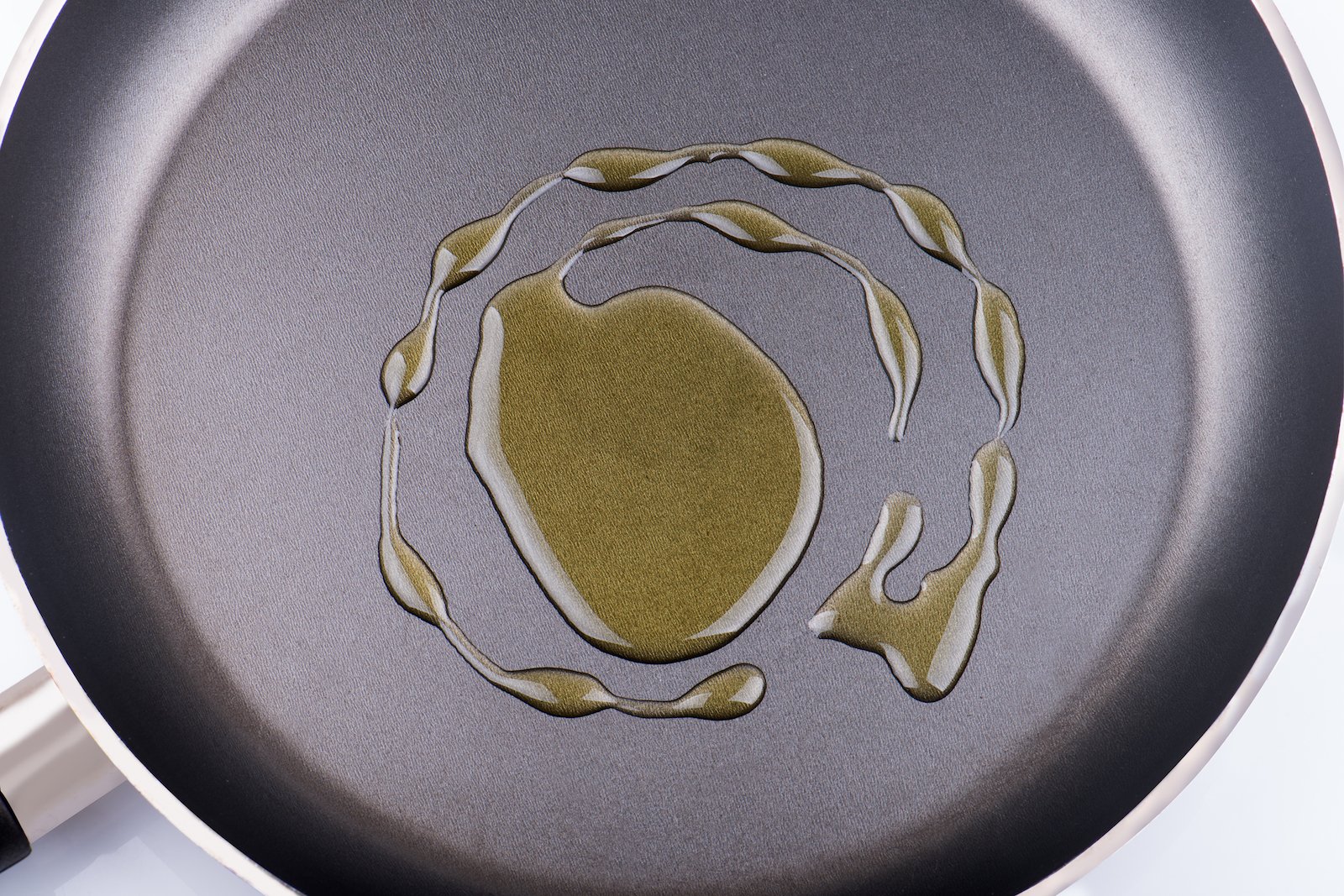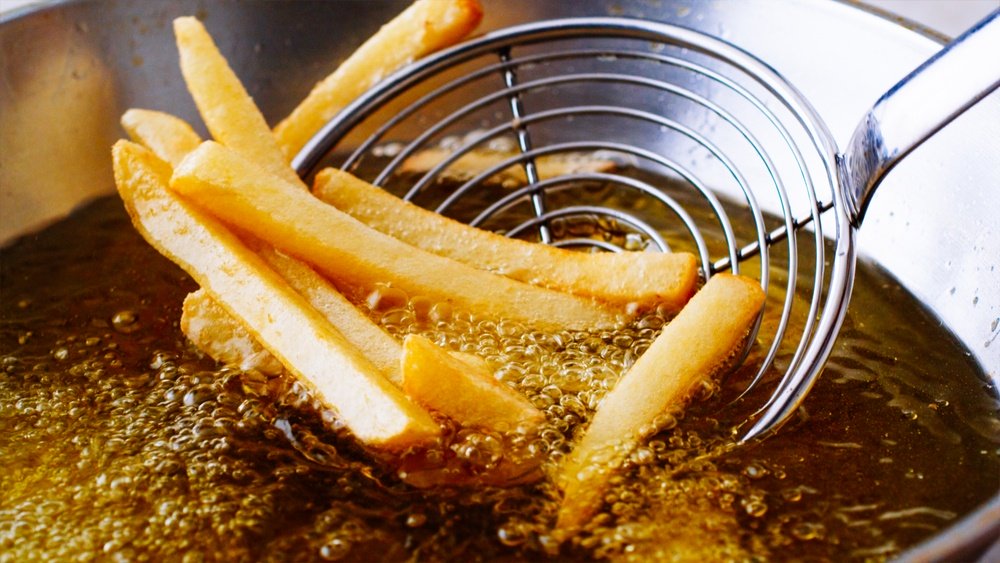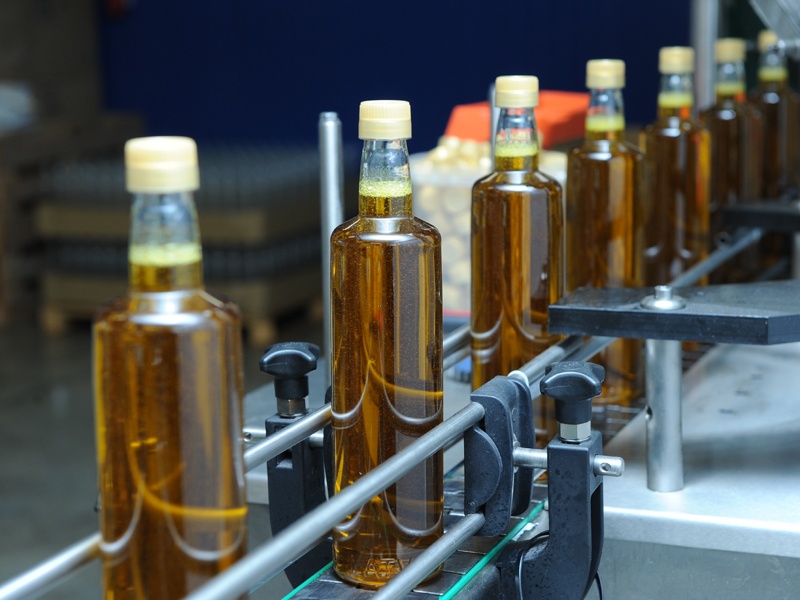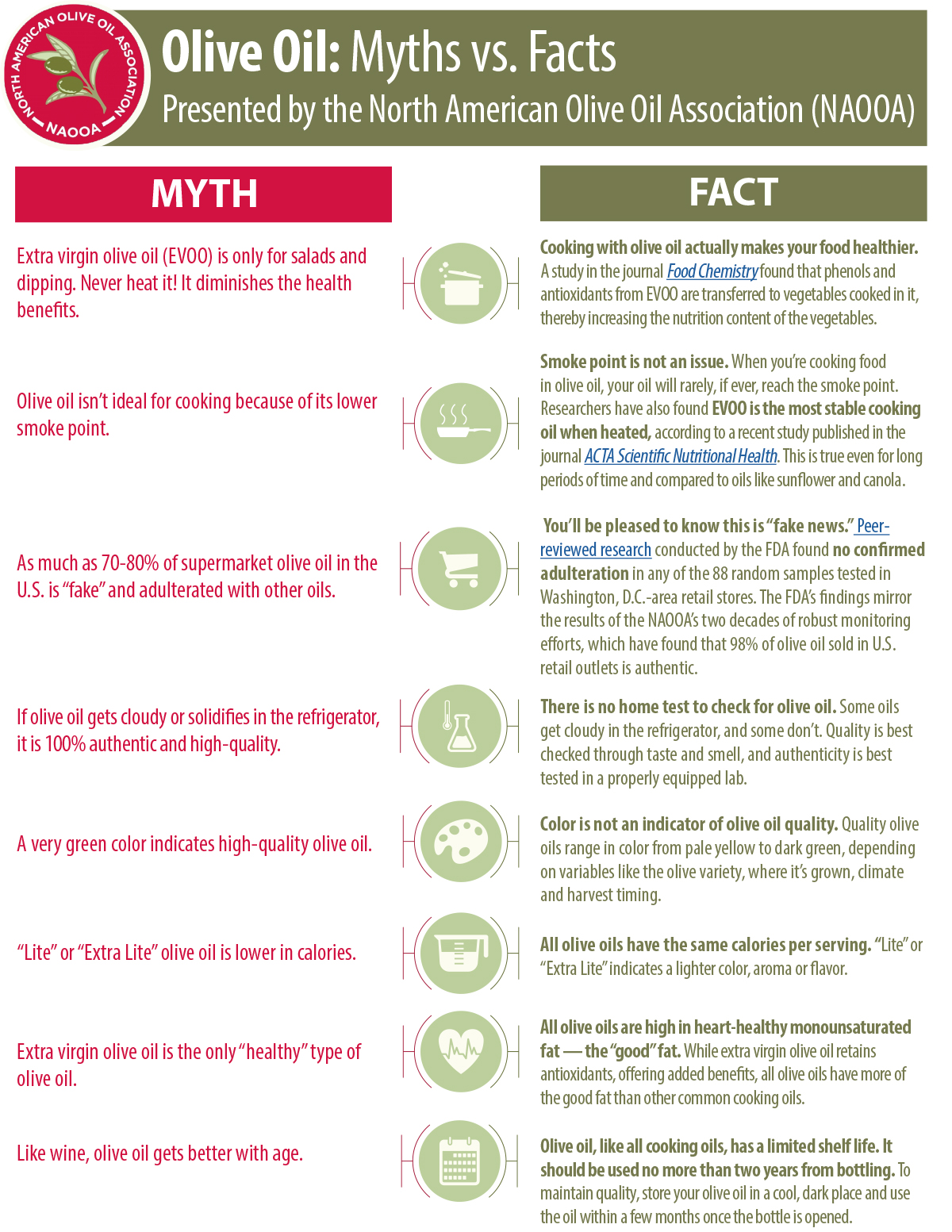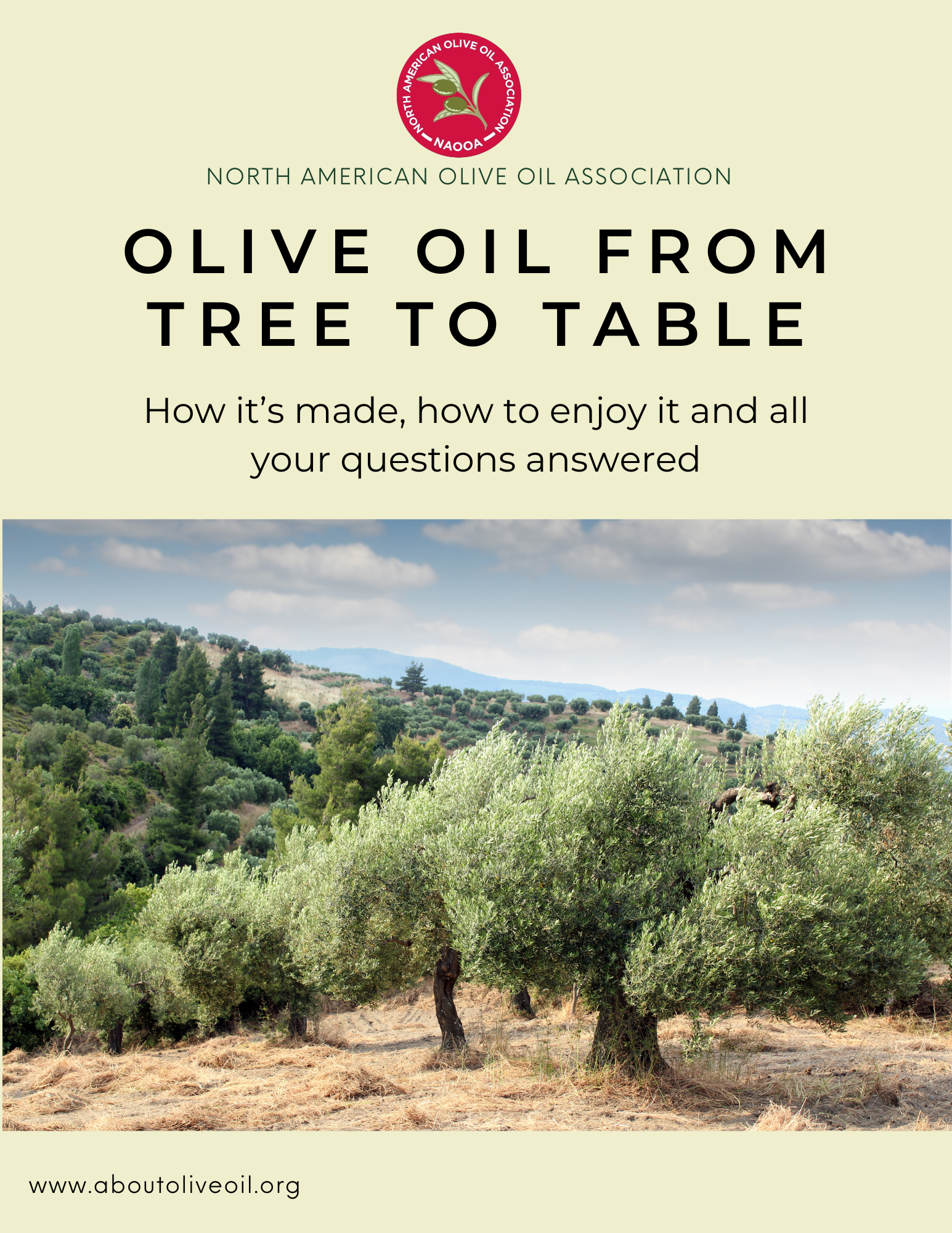Many home cooks swear by the mantra: hot pan, cold oil to prevent sticking. Is this the case for cooking with olive oil?
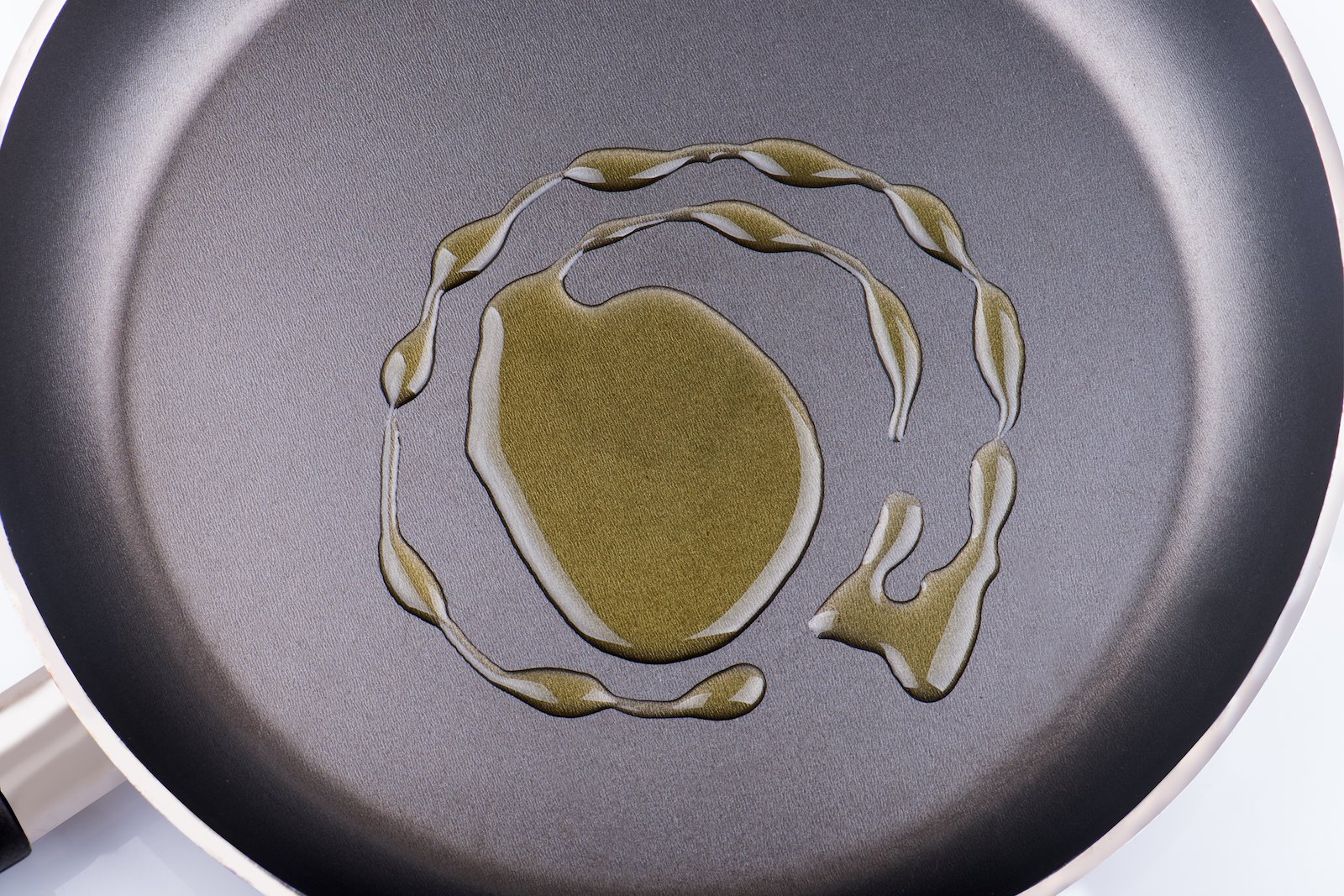 While the surface of a pan may look smooth, at a microscopic level, the surface of a pan is covered with small cracks and ruts. When you add protein to a pan, the food undergoes a transformation that bonds the food to the metal surface of the pan -- thus sticking. To prevent this from happening. you can add fat to your pans. The oil will fill the little cracks and prevent food from adhering to the pan.
While the surface of a pan may look smooth, at a microscopic level, the surface of a pan is covered with small cracks and ruts. When you add protein to a pan, the food undergoes a transformation that bonds the food to the metal surface of the pan -- thus sticking. To prevent this from happening. you can add fat to your pans. The oil will fill the little cracks and prevent food from adhering to the pan.
The timing of adding the fat to the pan depends on your cookware. If you are using a non-stick pan with a teflon coating, you should add the oil to a cold pan. Non-stick pans can emit unhealthy fumes if heated dry and the heat can ruin the coating on the pan. Oil heats quickly, so watch the pan to make sure you add the food when the oil is hot. You should add oil to a hot pan if you are using unseasoned cookware such as stainless steel. The reason why is that the high temperature of the pan will reduce the viscosity of the oil and allow it to settle into the small little cracks and pores in the pan.
Olive oil is a great choice for pan frying and sautéing. The smoke point of olive oil is high enough for almost all stove top cooking and furthermore, smoke point is not a good indicator of a cooking oil's stability. Olive oil can be safely heated beyond its smoke point.
Sources:
https://www.today.com/food/7-ways-you-are-ruining-nonstick-pans-how-save-them-t104329
https://www.epicurious.com/expert-advice/how-to-turn-stainless-steel-skillet-nonstick-article
https://www.tandfonline.com/doi/pdf/10.1080/10942912.2017.1360905

